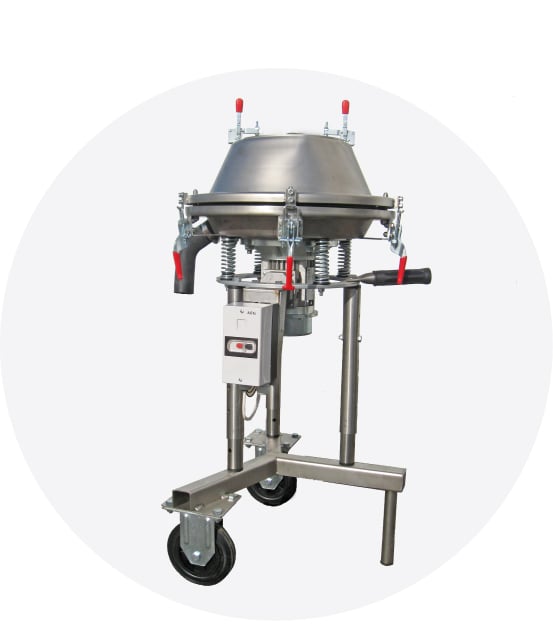Screeners, Single and Multiple Levels
A Screener, commonly known as a vibrating sieve or vibrating screen, is a machine used to separate different-sized particles from a bulk material. These machines are often employed in various industries like food, pharmaceuticals, chemicals, and other processing industries to ensure the quality and size of the products.
CLASSIFICATION
This is the primary function of the vibrating screen. It separates a bulk material into various particle sizes. The larger particles remain on top of the sieve, while the smaller ones fall through, allowing for different sized particles to be separated.
DEWATERING
The screen can be used to remove excess liquid from a material. For example, after washing the material, the screen can help in removing water.
DESLIMING
This process involves removing the fines (or slimes) from the material.
SCALPING
This is the removal of large particles from a material. For instance, in food processing, scalping might be used to remove unwanted large items or contaminants.
THERE ARE TWO PRIMARY TYPES OF SCREENERS:
Single-Level Screener: This type of screener has only one screen deck. The material to be screened is fed onto this deck, and particles that are smaller than the screen mesh size pass through to a collection point beneath, while larger particles continue to move across the screen surface to the discharge point.
Multiple-level Screener: This screener has more than one screen deck stacked vertically. Each deck will typically have a different mesh size, with the uppermost deck having a larger mesh size and each subsequent deck below having a finer mesh. As material is fed into the screener, it first encounters the top deck. Larger particles that can’t pass through the top mesh continue to move across and off the screen, while smaller particles fall through to the deck below. On the next deck, the process repeats, allowing for several different size fractions to be separated simultaneously. The particles are separated into multiple collections points beneath each deck.
The specific design, number of decks, mesh size, and other features of a screener will depend on the particular application and the requirements of the separation process. The benefit of using screeners with multiple decks is that they allow for efficient multi-size separation in a compact footprint.



